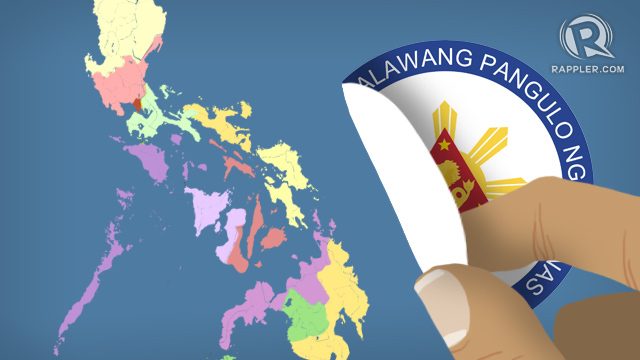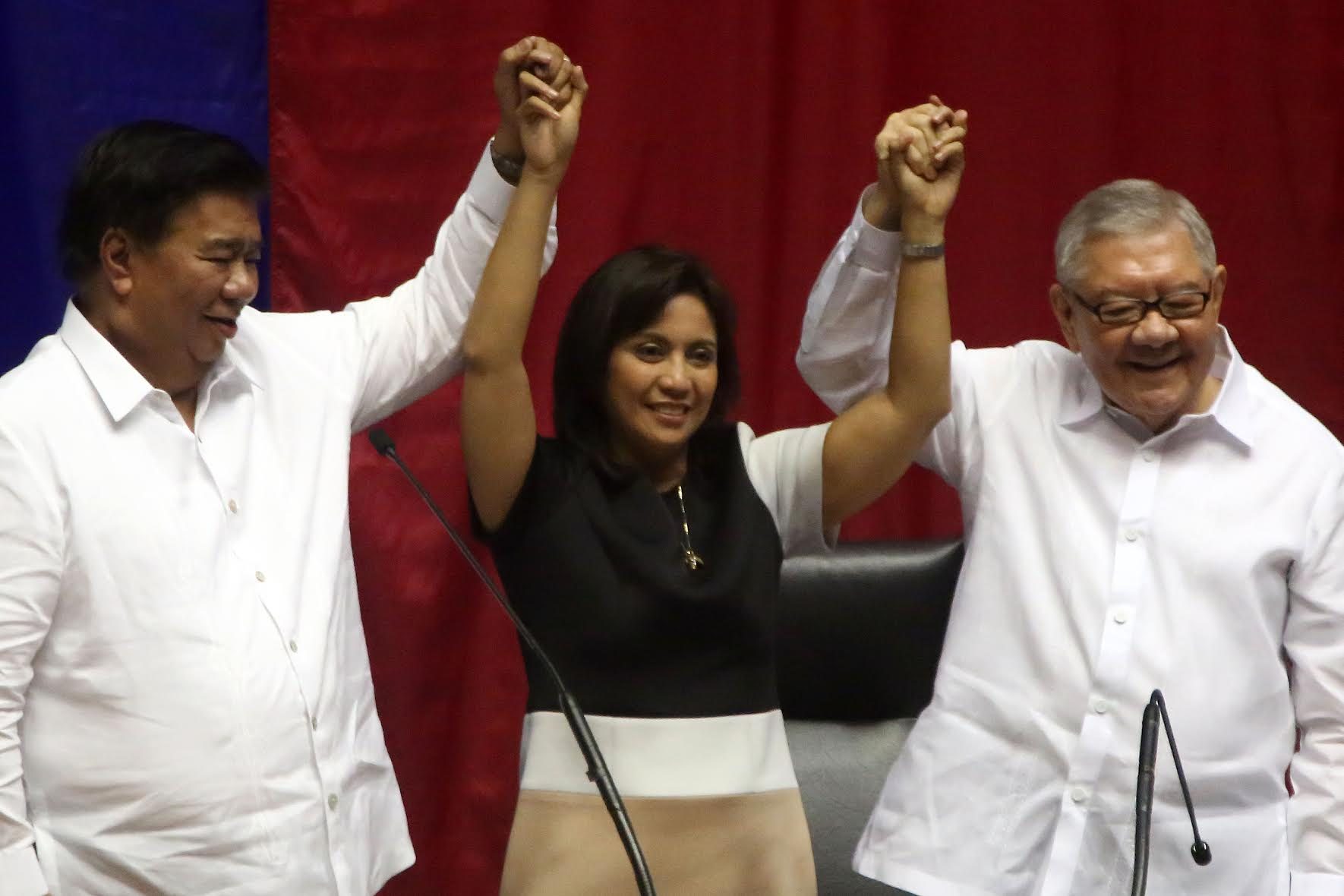SUMMARY
This is AI generated summarization, which may have errors. For context, always refer to the full article.

MANILA, Philippines – Will the federal-parliamentary form of government being proposed for the Duterte administration have an effect on the vice presidency?
It has – at least, going by what incoming House of Representatives Speaker Pantaleon Alvarez has said. “In a parliamentary setup, walang (there is no) vice president,” he said in an interview.
This proposed setup – federal system with a parliamentary government – is very different from the current system that the country is under. Under a federal system, sovereignty is constitutionally shared between a central governing authority and constituent political units called states or regions.
This will break the country into different states, each having the power to make decisions with little or no interference from the national government. Powers and functions of the central government – mostly in Metro Manila – will be decentralized and devolved to localities.
Duterte has argued that only federalism would be able to solve the woes of the country’s provinces, especially Mindanao. (READ: Will federalism address PH woes? Pros and cons of making the shift)
In countries with federal system like the US, they do elect a president as their head of state and government.
Meanwhile, under a parliamentary government, parties (not individuals) are elected to form the government, with the leader of the majority party becoming the prime minister or premier or chancellor.
The prime minister/premier/chancellor is considered the head of government, and is tasked to form the Cabinet made up mostly of parliament members. The head of government is considered the main political figure in a parliamentary government.
For some countries with federal parliamentary governments like Austria, Germany, and India, a president – who is considered the head of state – is elected by the parliament. His position, however, is only “ceremonial”, and has limited powers.

Vice presidency
In a Facebook post, former Ateneo School of Government dean Tony La Viña explained how the vice presidency works in both federal and parliamentary systems.
“Most federal states do have Vice Presidents. Parliamentary systems do not have Vice Presidents because Presidents also are just symbols, and real powers are with the Prime Minister,” he said.
A look at most of the world’s parliamentary governments – like Canada, Germany, Malaysia, and Australia – indeed shows that they don’t have a vice president.
While the Philippines has the vice president on standby, ready to take over the presidency if the need arises, parliaments elect a new president after the resignation of its head of state.
But despite the absence of the vice president position in a parliament, Alvarez said that this position can still be retained in our government once the shift happens.
“It depends on what the members of the constitutional convention or the constituent assembly will agree on,” he said.
This is what happened to countries like India and Nepal – both with parliamentary systems of government – which created the vice president position for specific functions.
In India, which has a federal parliamentary government, its latest constitution provides for a vice president who will serve as ex officio chairperson of the Rajya Sabha party.
Meanwhile, in Nepal, the position of vice president was created after the abolition of the monarchy. Under its latest constitution, the vice president serves as the deputy head of state.
In a phone interview with constitutionalist Amado Valdez, he explained that incoming Vice President Leni Robredo “will not be denied” the 6-year term to which she had been voted once the shift in government happens.
“By the time [Duterte and Robredo’s] term expires, that’s the only time the situation will normalize in the new system of government,” he said.
Other congressmen interviewed by Rappler also said shortening Robredo’s term due to the shift in government will be impossible and will have no legal grounds. (READ: Federalism can’t cut short VP Robredo term – experts)
For now, given the current setup of government, the Philippine vice president will serve as “spare tire” in the administration. (READ: Spare tire or not? The role of the Philippine vice president) – Rappler.com
Add a comment
How does this make you feel?
There are no comments yet. Add your comment to start the conversation.